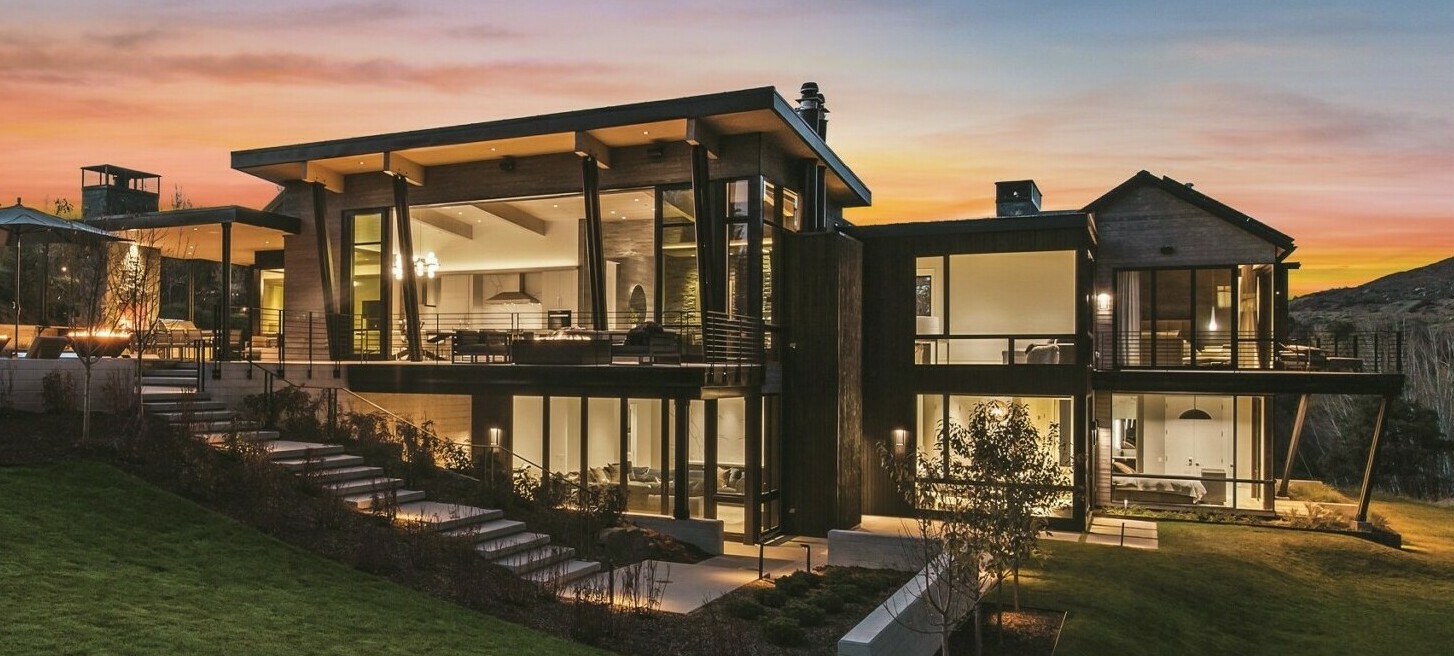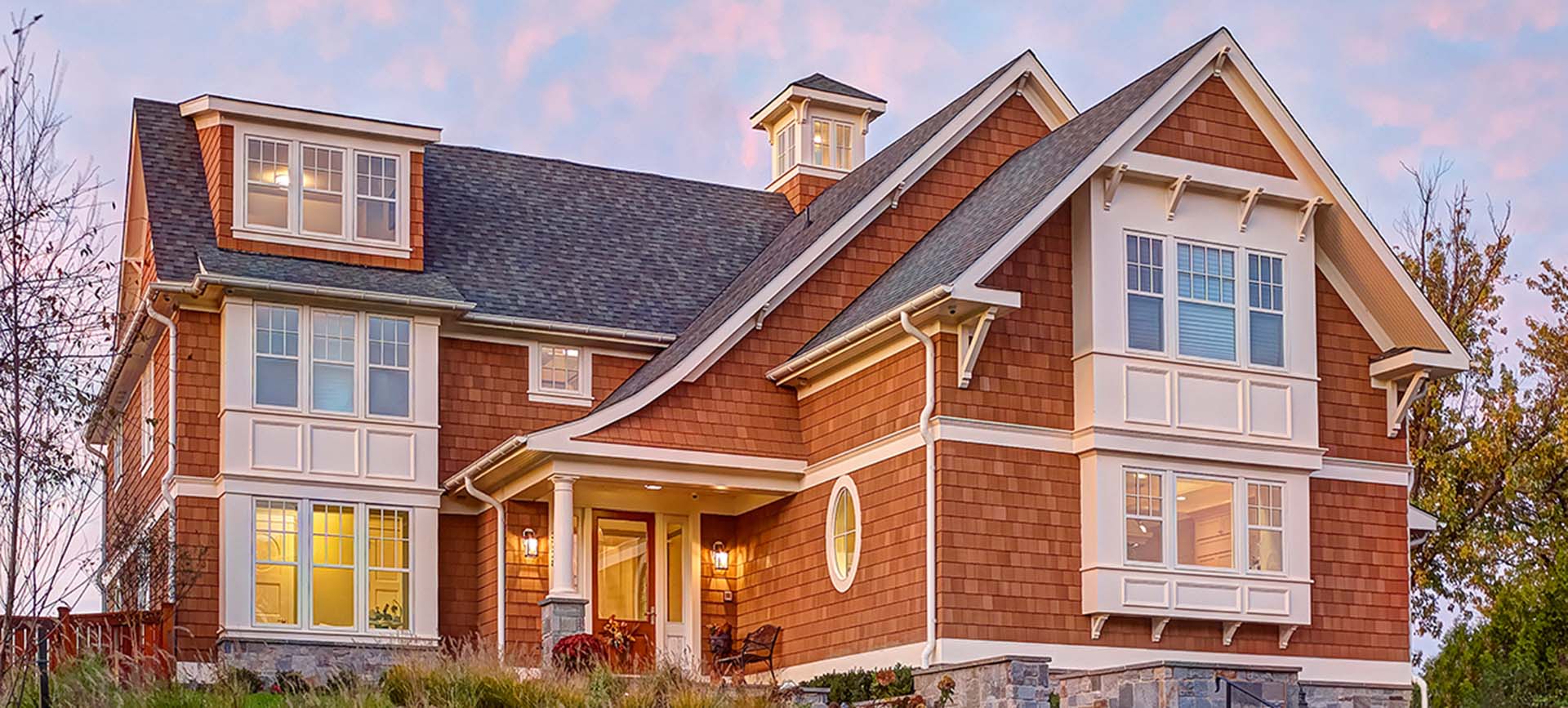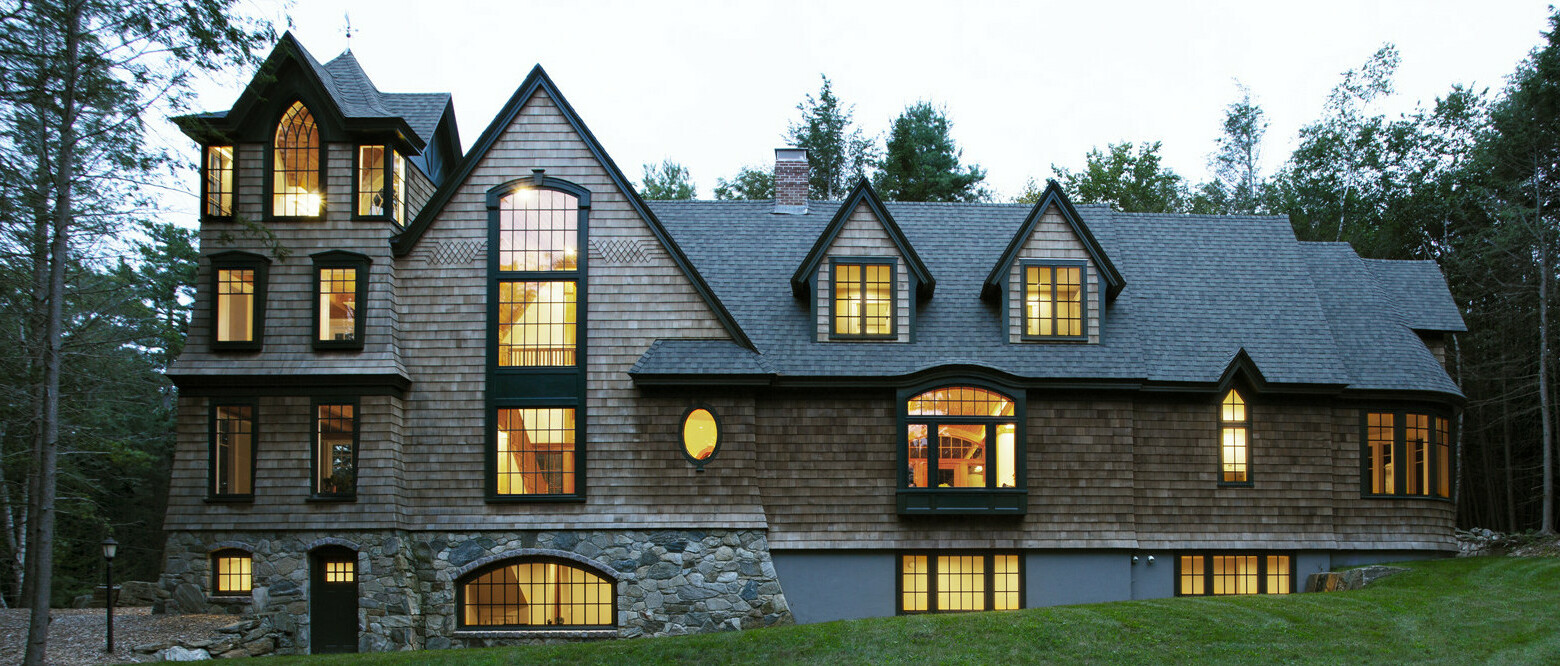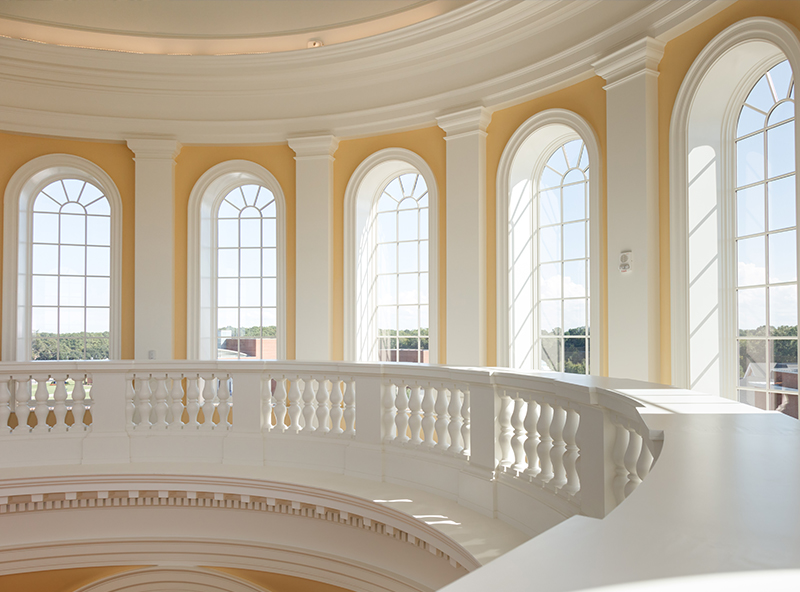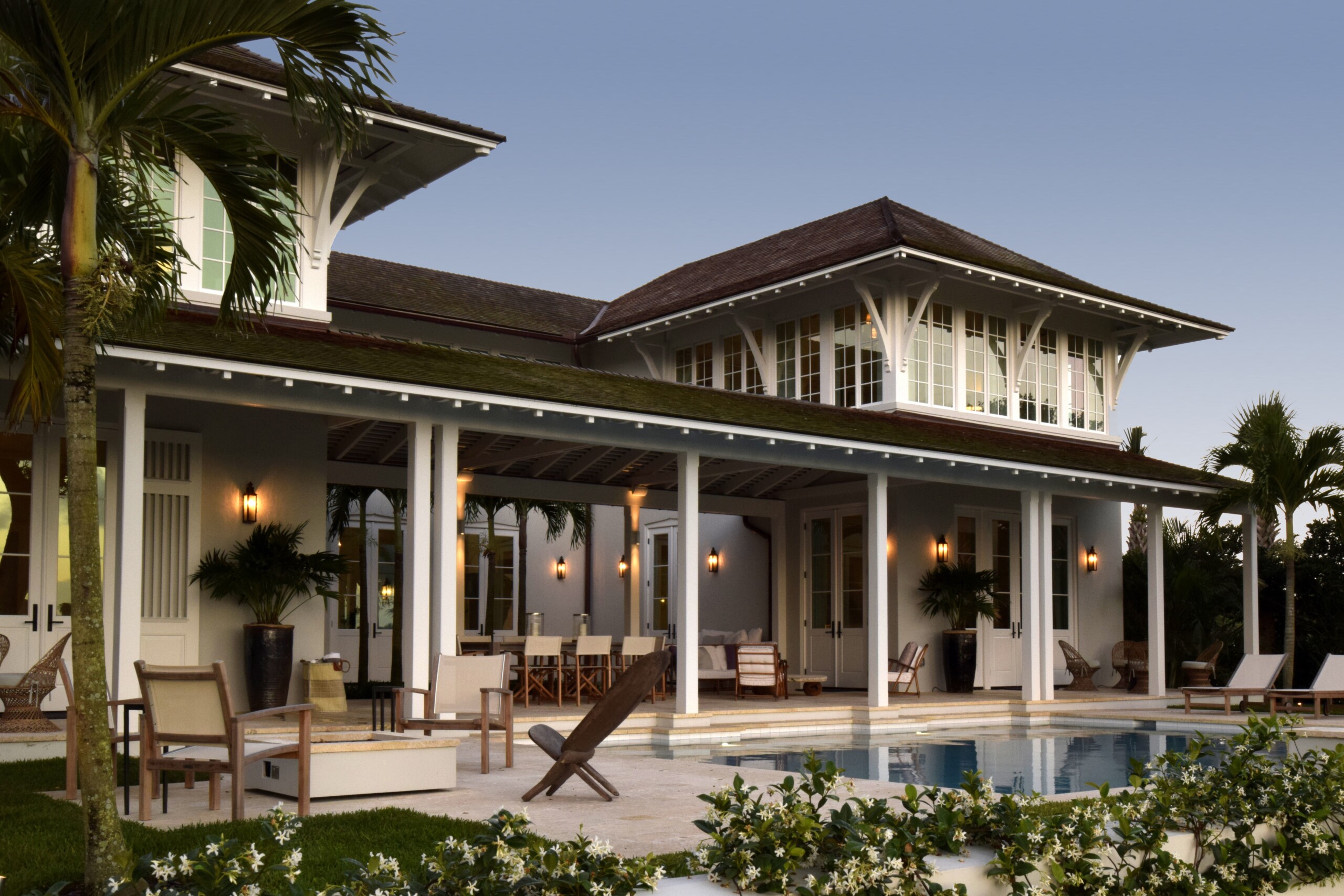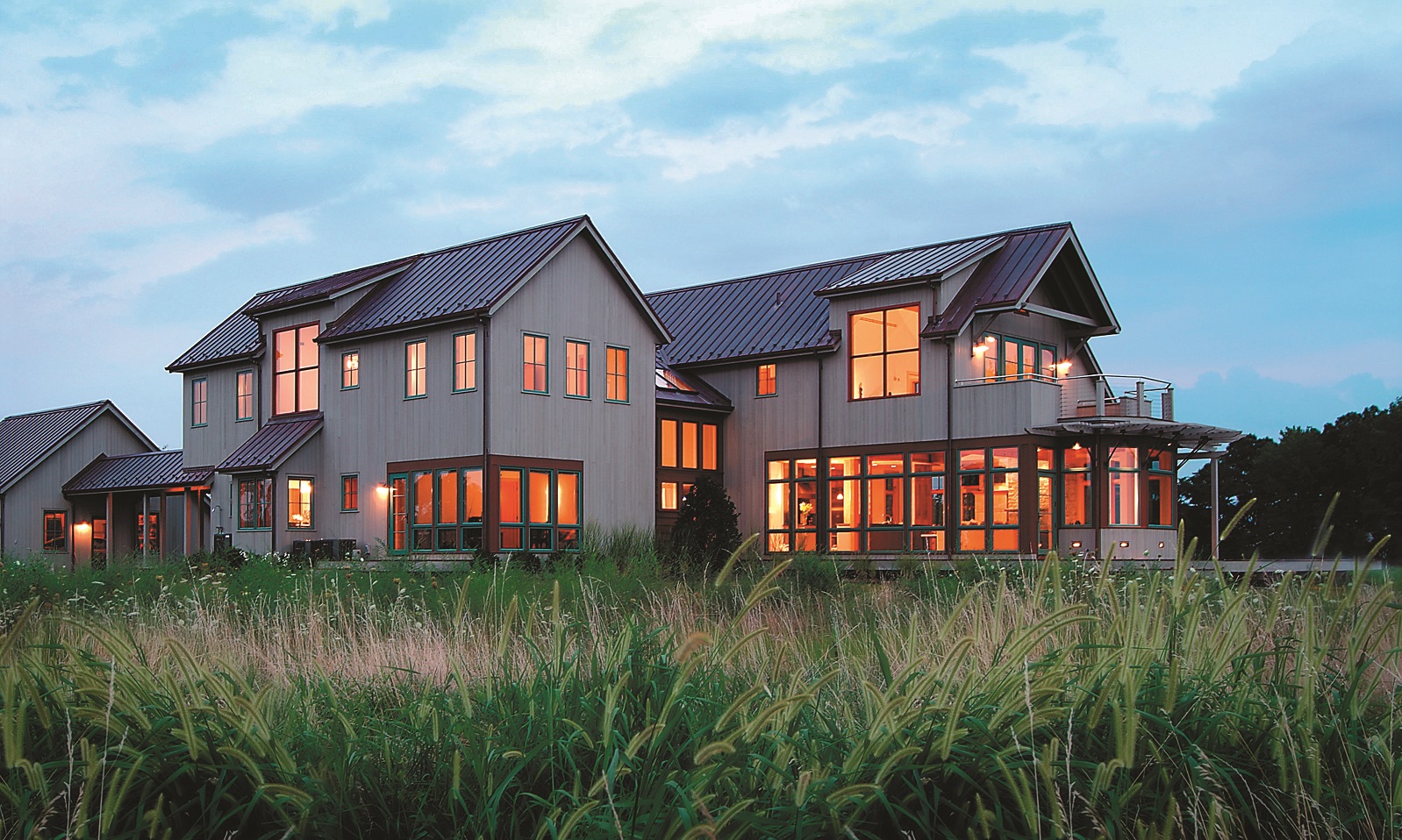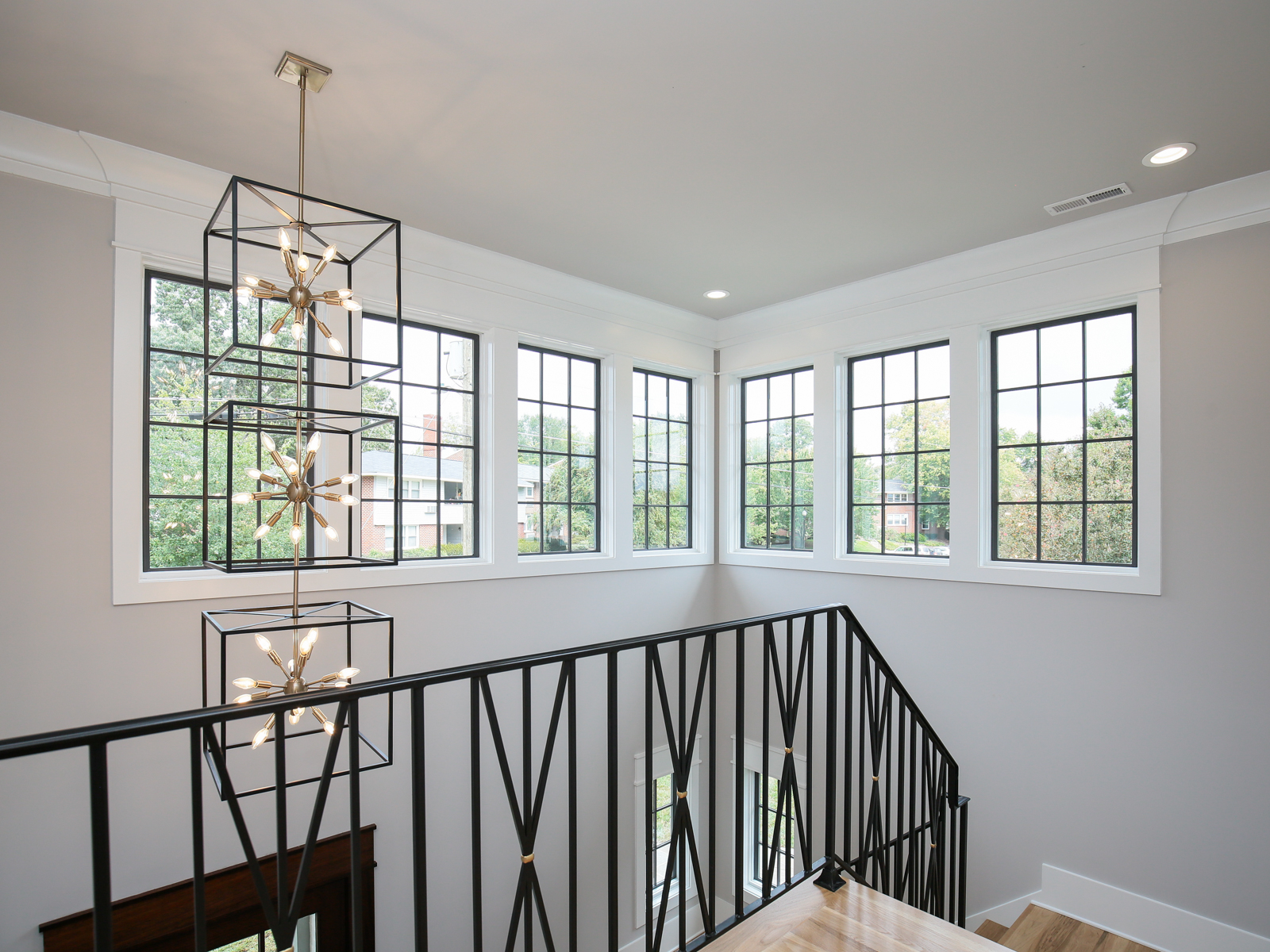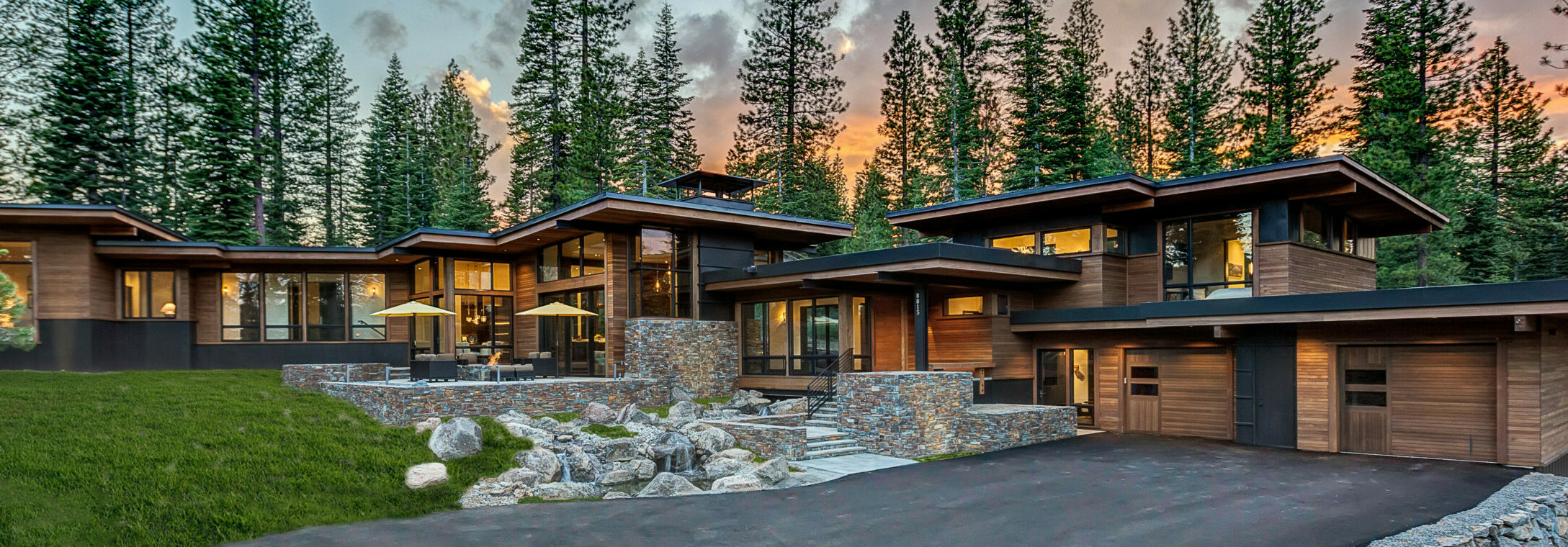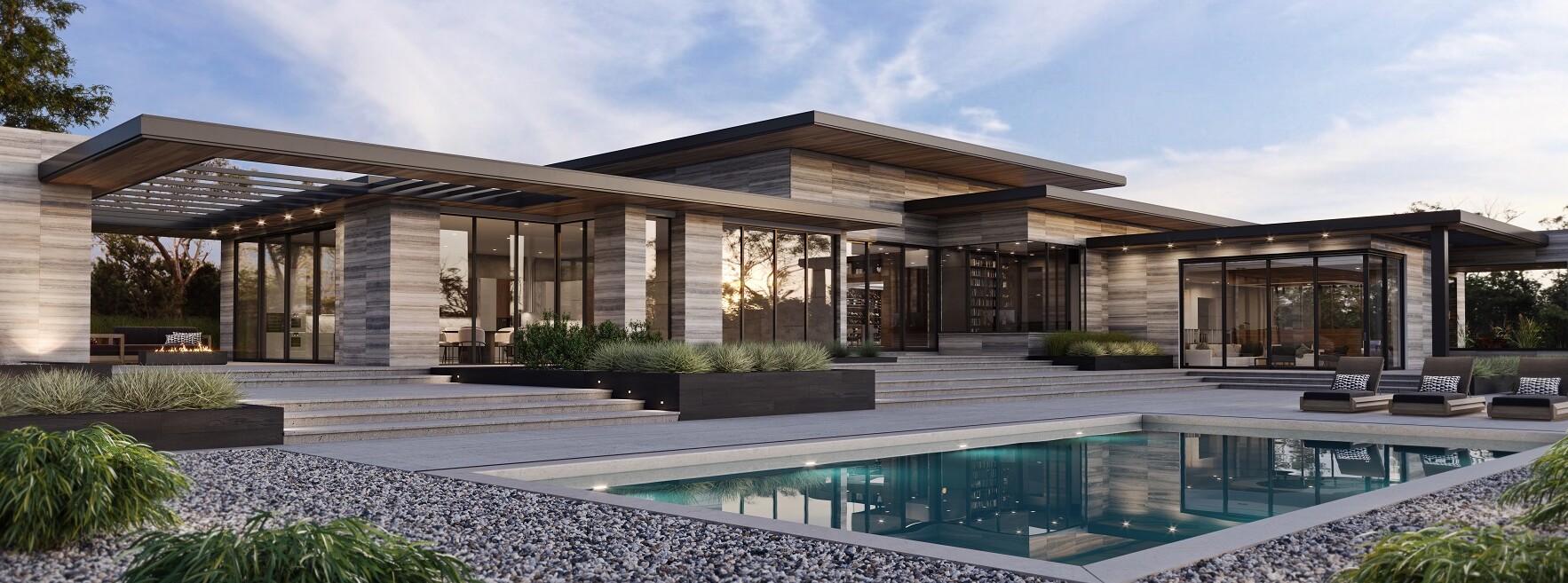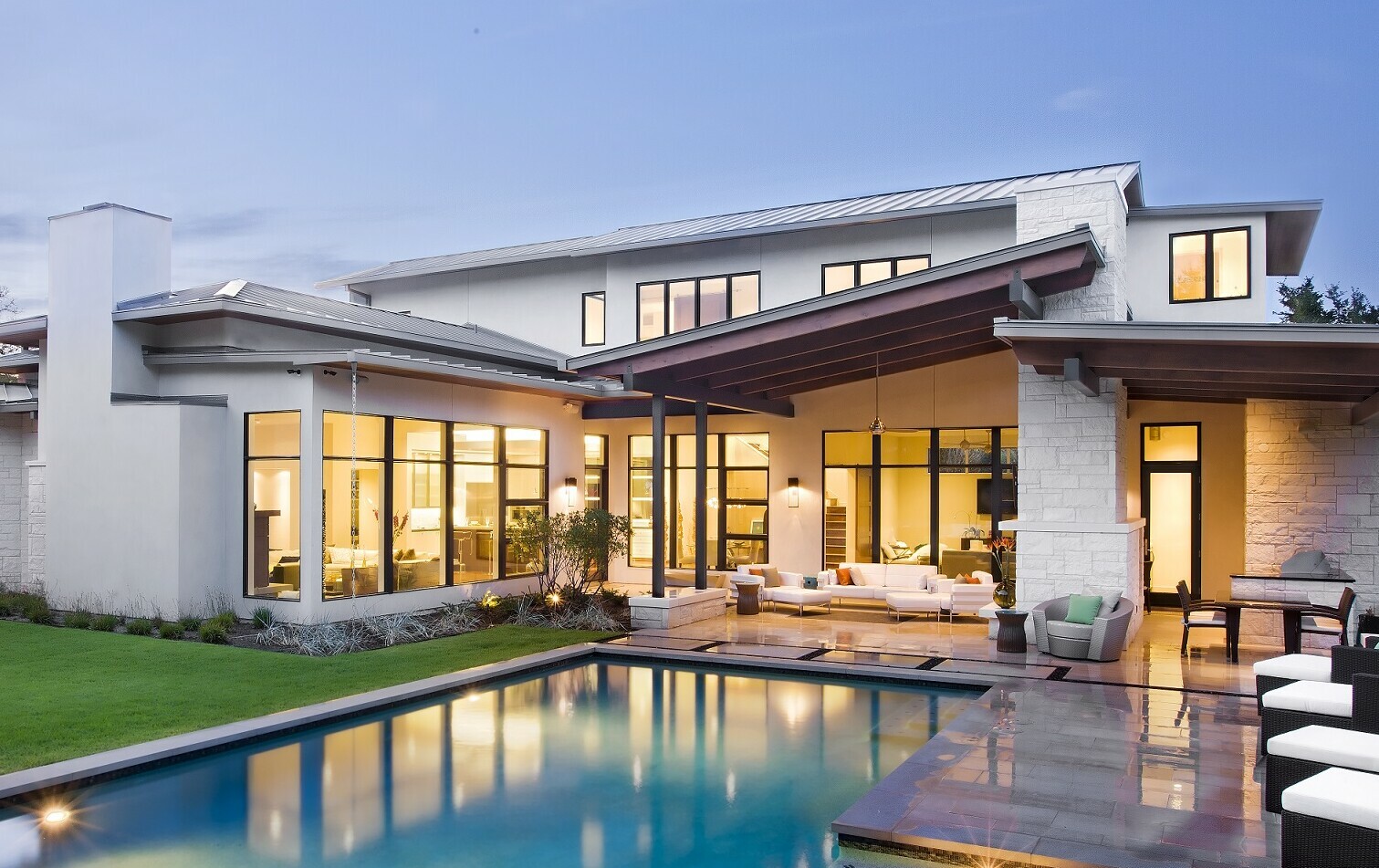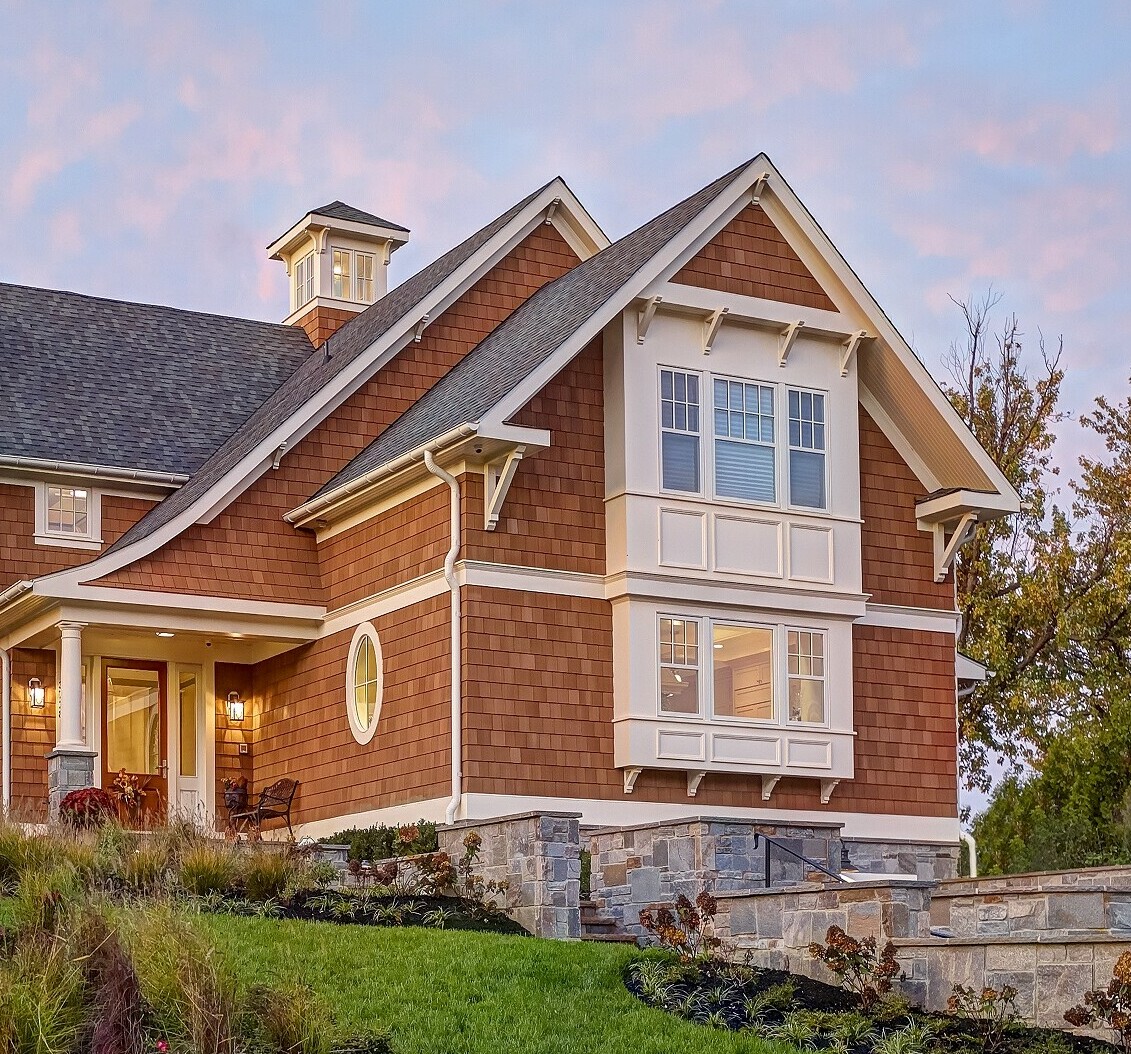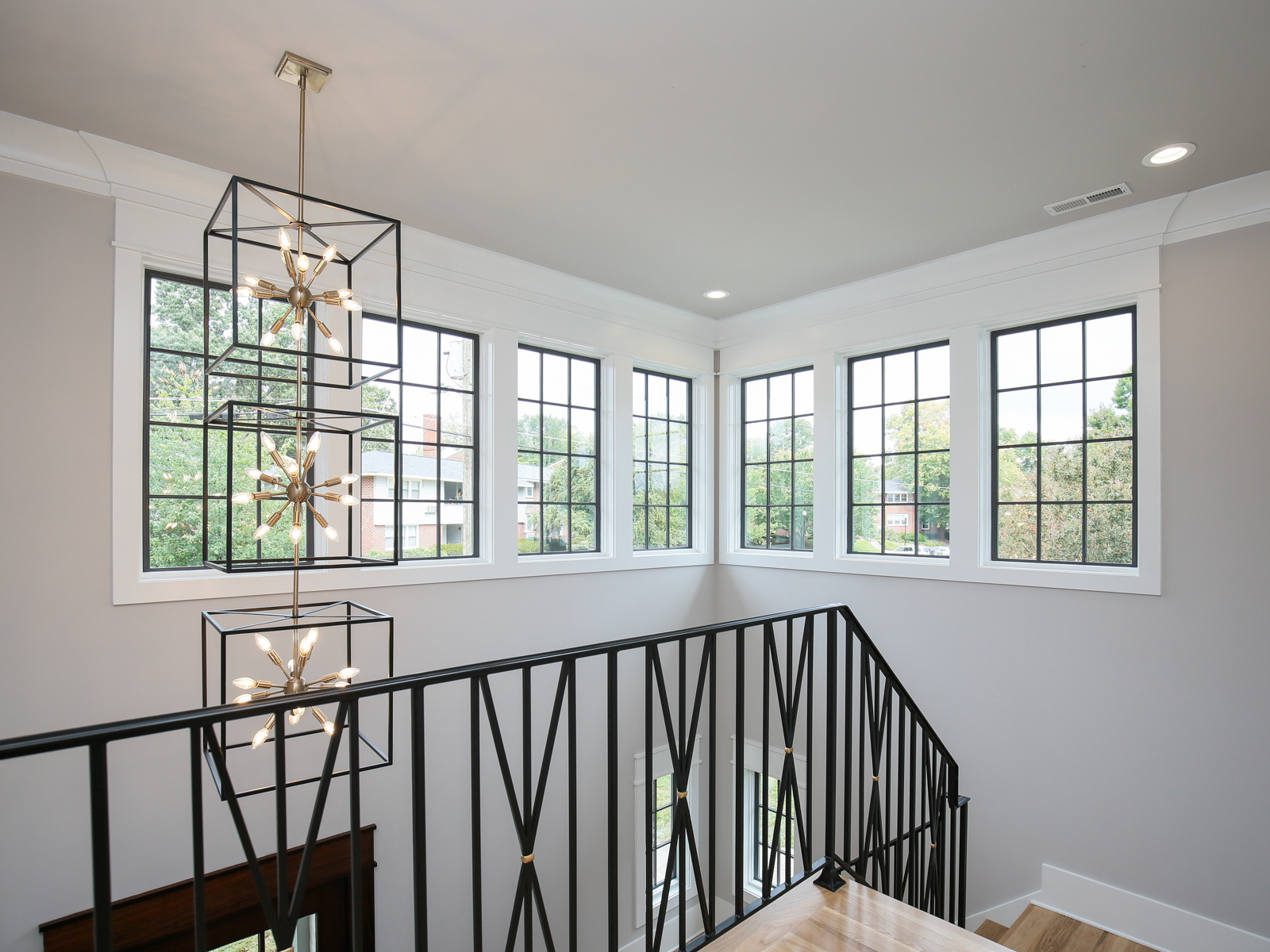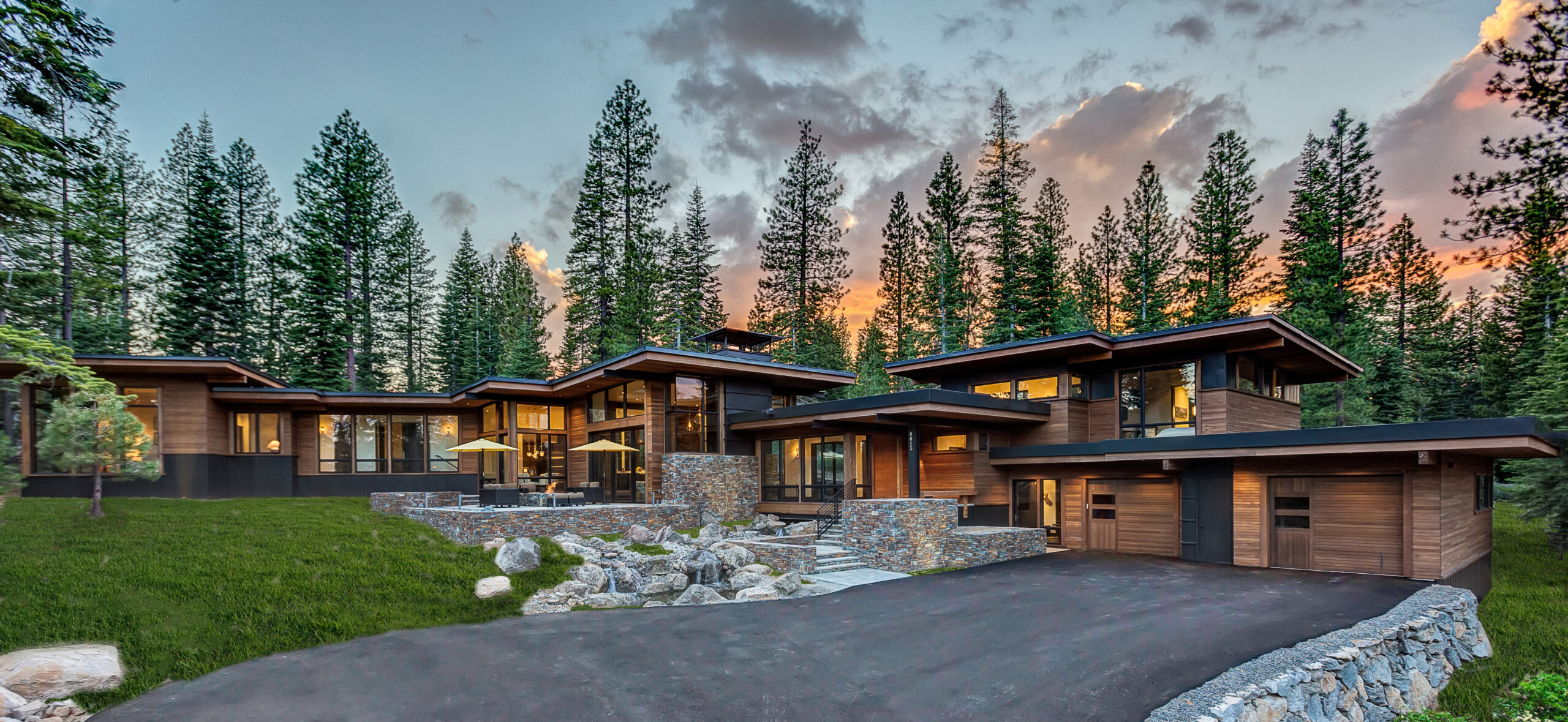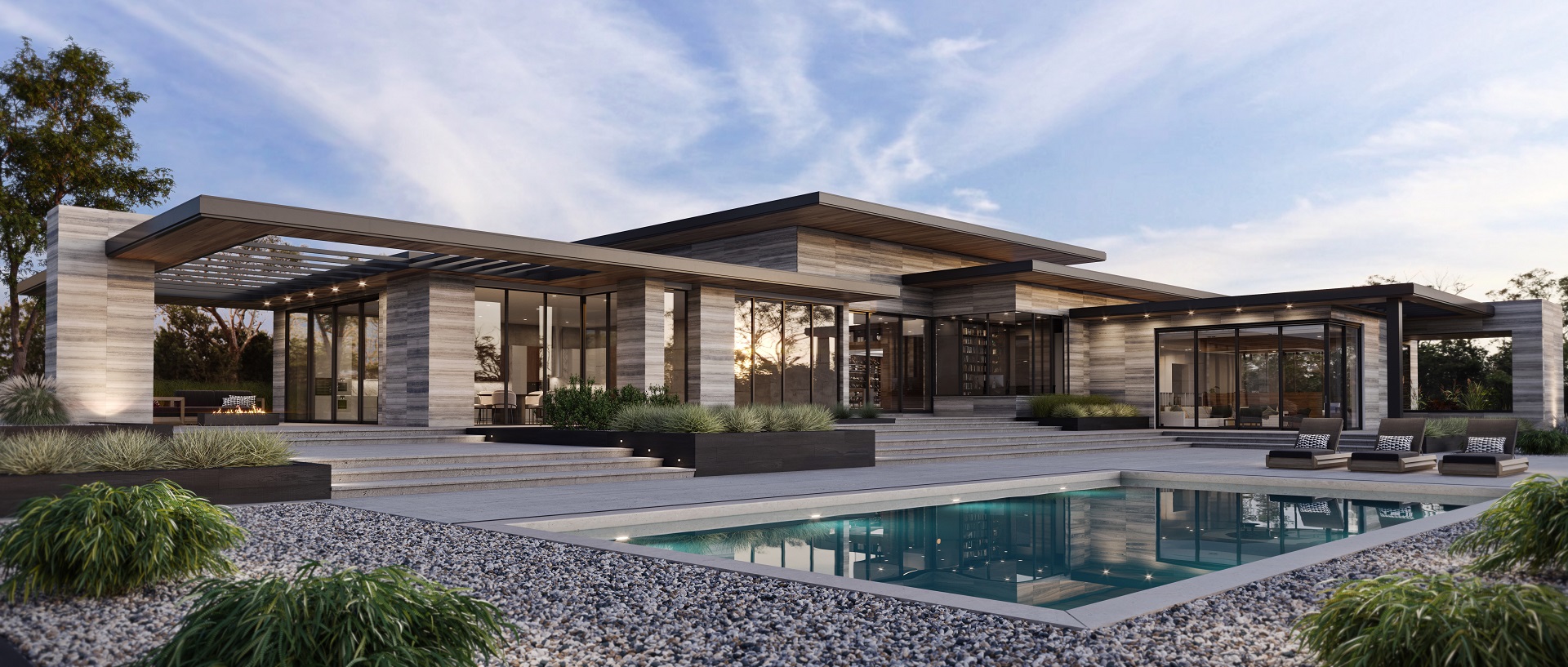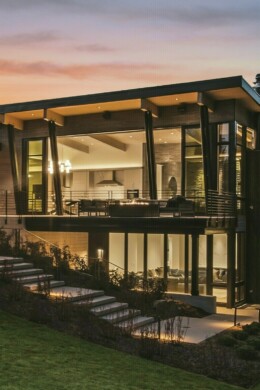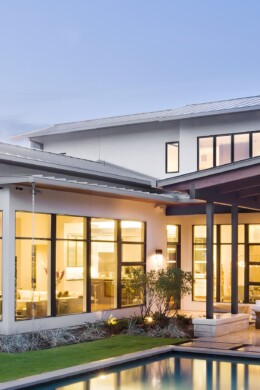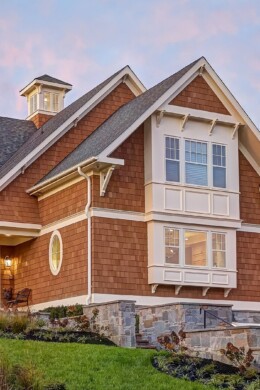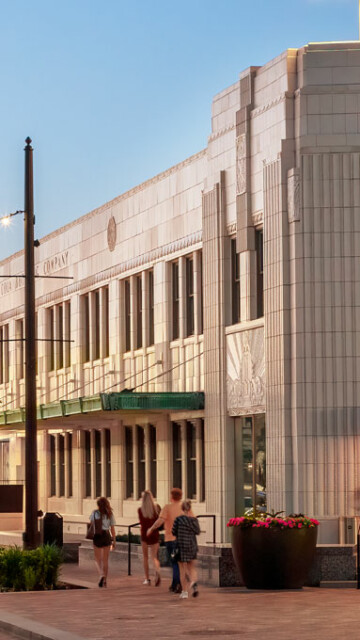
Premium Series Case Study
The 1930s-era art deco Indianapolis Coca-Cola Bottling Plant employed thousands of workers throughout some of the nation’s most turbulent decades—until the 1960s, when plant owners moved their expanding operations to Speedway, Indiana leaving behind one the city’s most beloved landmarks. After years of steady deterioration, Hendricks Commercial Properties saved the architectural gem from ruin by initiating a grand restoration project for the long-neglected Bottleworks District.
Julie Zent, historic window specialist for RATIO, took on the intricate task of matching the 150+ original wood units that had once complemented the plant’s lavish terra cotta exterior. Throughout the two-year process, she worked with Dan Kovas, of Huntertown, Indiana-based G-2 Architectural Products, to orchestrate window design details, specifications, updates and product delivery.
All historical replications were sourced through Weather Shield, a Medford, Wisconsin firm with an unparalleled reputation for authentic window design. Territory Manager, Alan Broderick, commented, “We have a team of architectural window experts who combine artistry and technical expertise to match original specifications while adding modern features.
To qualify for historic rehabilitation tax credits and receive local historic district approval, Zent coordinated with three organizations at the local, state and federal level. The sign-off process called for close communication and cooperation since approvals at all three levels were essential.
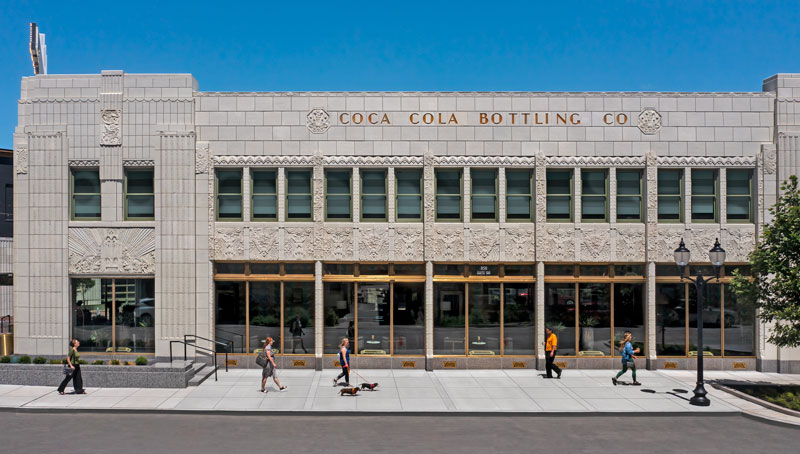
For a project of this magnitude, the design team needed to create models in advance before moving to production. Fortunately, a few of the plant’s original units remained in the garages.
Kovas recalled, “On our first day on site, Alan and I were able to get samples from those century-old window components and get them back to Wisconsin for analysis.”
The importance of that find saved time, money and hassle. If no original units had been available, Zent’s team would have relied solely on documentation, drawings and photos to calculate sizes.
During the ongoing historical approval process, Kovas closely collaborated with Zent and Broderick to facilitate any necessary architectural modifications and adjustments.
“The exciting part of obtaining the artifact samples,” Kovas recalled, “was that the Weather Shield crew initially created a plastic 3-D printer replica of the wood components, so that the architects could make modifications before we moved into the shop drawing phase. This added precision to the operation and ultimately accelerated the timeline for approval.
Once the detailed side-by-side shop drawings of the original unit and the proposed replication were finalized, Broderick and his team were able to create a full-sized mockup replica in the Weather Shield workshop.
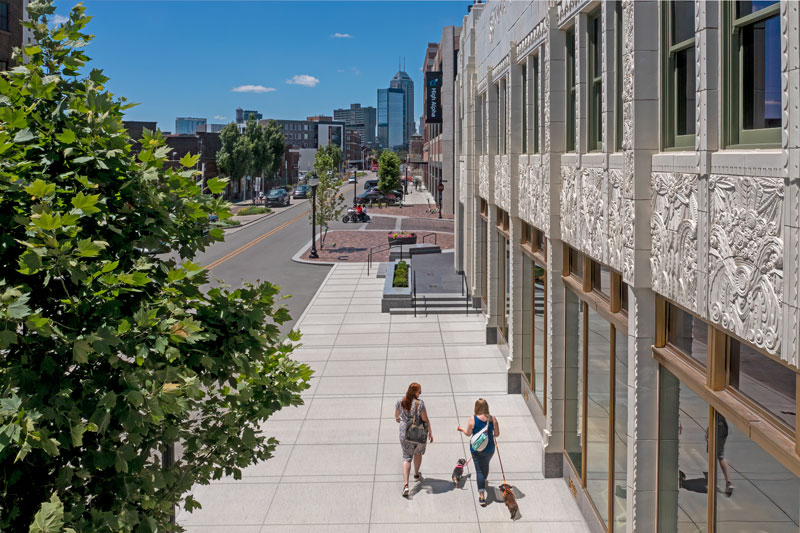
“The multi-step process was a combination of modern technology and old school wood working,” noted Kovas.
The resulting design included three customized Weather Shield components—brick mould, sash lug and bottom sill. In addition, the team matched the original exterior Coca-Cola paint color and provided several historically accurate stains and colors for the various interior spaces, including a designer stain to match the beautifully paneled office spaces.
Zent explained, “The window replication process is complex. Fortunately, our local and state people worked well together to reach consensus. Discussion on changes often included up to nine people weighing the pros and cons and working towards resolution.
On the day of the mock-up installation, a group of stakeholders gathered to compare the then-and now visual. The side-by-side contrast showcased the craftsmanship that went into the beautiful replication.
Kovas recalled, “Some minor tweaks were requested, but the core design was approved the first time around, which is seldom the case.”
Zent noted, “Weather Shield provided fourteen different sizes in four separate configurations. Due to the complexity of the terra cotta restoration, openings varied in size throughout, resulting in subtle modifications to multiple units.”
Installer and entrepreneur Sean Edwards of National Glass & Hardware LLC worked with the window replication team from the start, carefully removing the old units while working in tandem with terra cotta artisans to repair any of the delicate crumbling components.
Edwards noted, “All of the various-sized windows were extremely maneuverable—Weather Shield created the perfect look to match the originals.”
The Bottleworks Hotel welcomed its first guests on December 15, 2020, and the Garage Food Halls unveiled 14 restaurants and shops on January 5, 2021. Both venues will add capacity in the spring.
Covid-19 CDC guidelines are in place throughout the Bottleworks complex including social distancing and mask requirements.
“We are in 2021, and are excited to bring something new and fresh to the city and do it in a safe manner,” noted the food hall’s general manager Nicole Ulrich.
As Phase I of the Bottleworks Restoration neared completion, Kroll reflected, “Our duty is to preserve the character of the building while finding innovative ways to create new uses for spaces—windows are an integral part of the authentic design.”
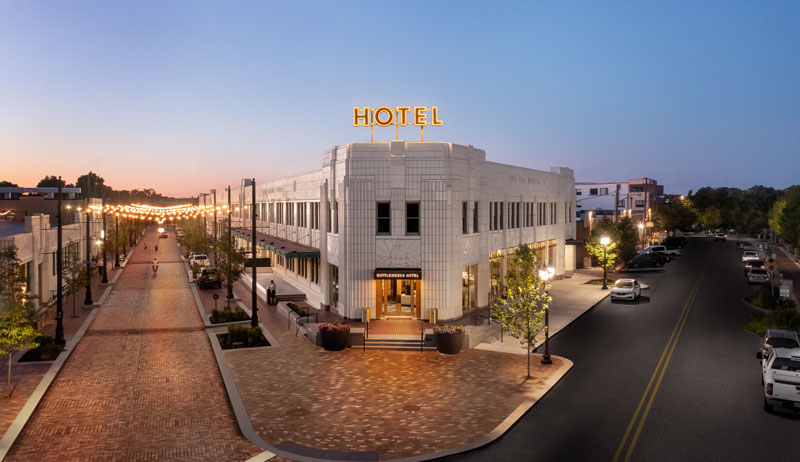
Weather Shield Products Used In The Home
Premium Series® Double Hung WindowsProject Specifications
- Project Name
- Bottleworks District Restoration
- Location
- Indianapolis, IN
- External Material
- Aluminum-Clad
- Product Series
- Premium Series
- Product Type
- Double Hung Windows
- Options
- Custom Color Exterior
- Architect
- RATIO Architects
- Weather Shield Dealer
- G2 Architectural Products
Find your inspiration
Our product lines are meticulously engineered through a combination of old-world craftsmanship — that embodies our founder’s vision — and innovative design.
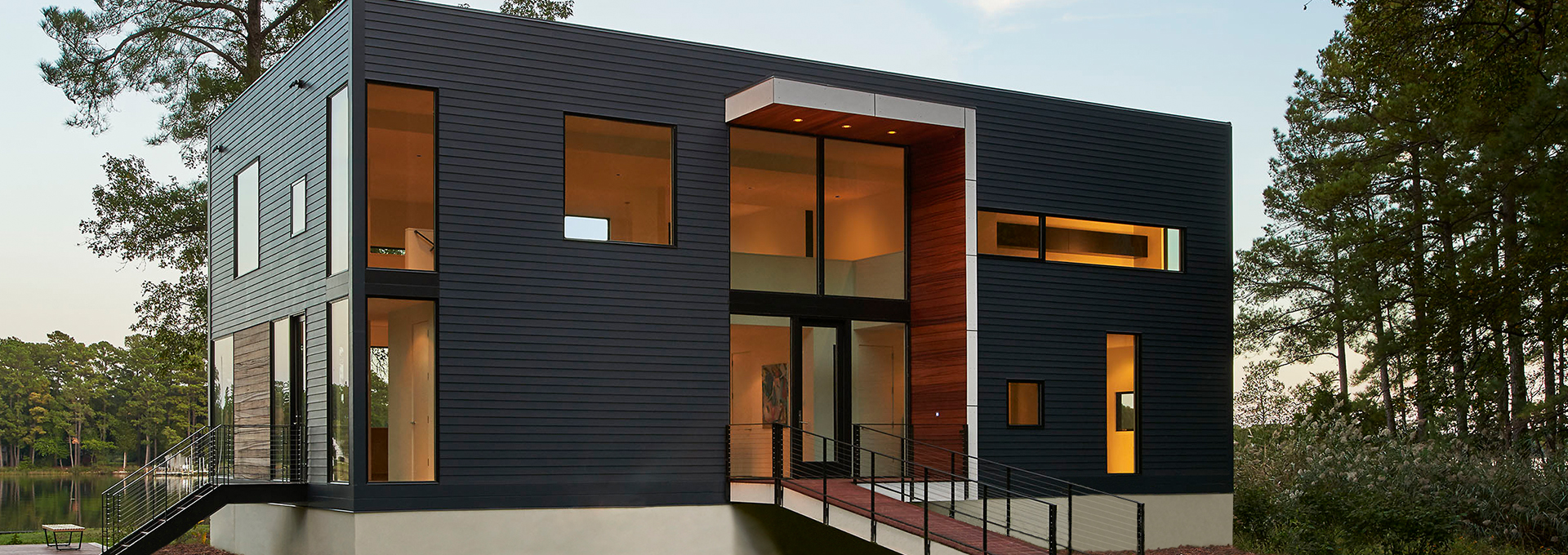
A NATIONAL NETWORK OF EXPERTS
Our Weather Shield dealers are the best in the business. Let them help you. Simply tell us where you are, and we’ll show you the closest dealer.
